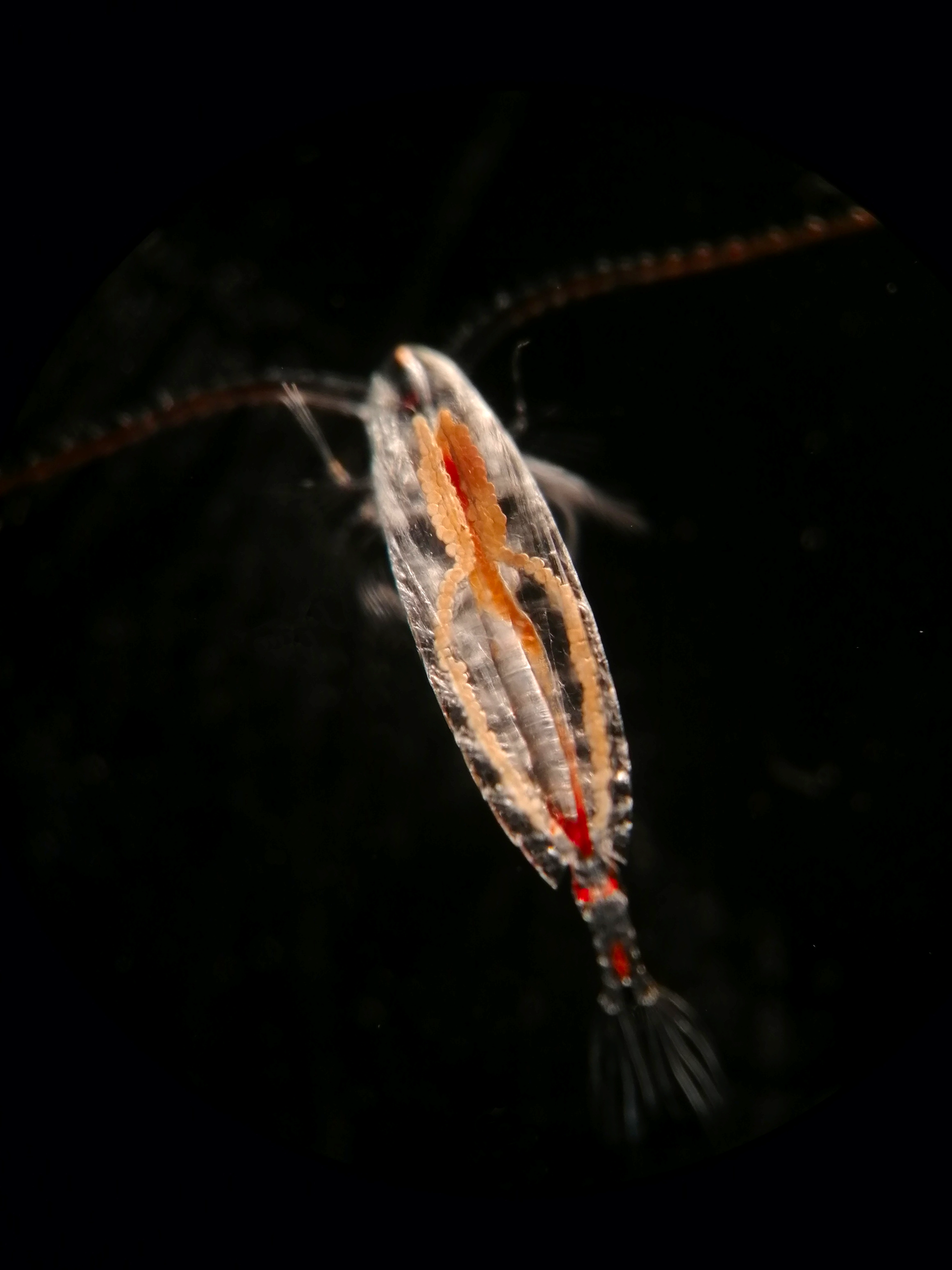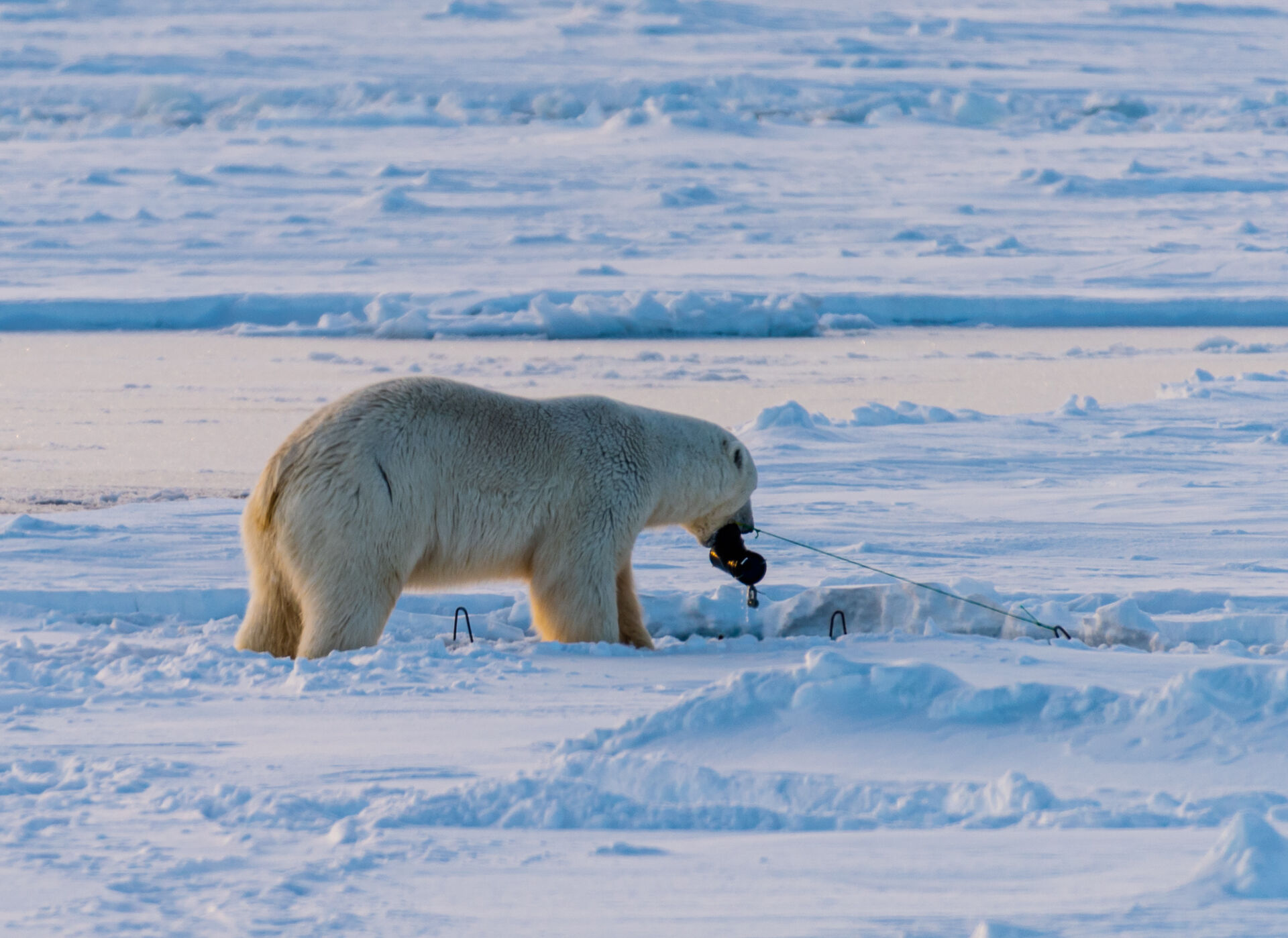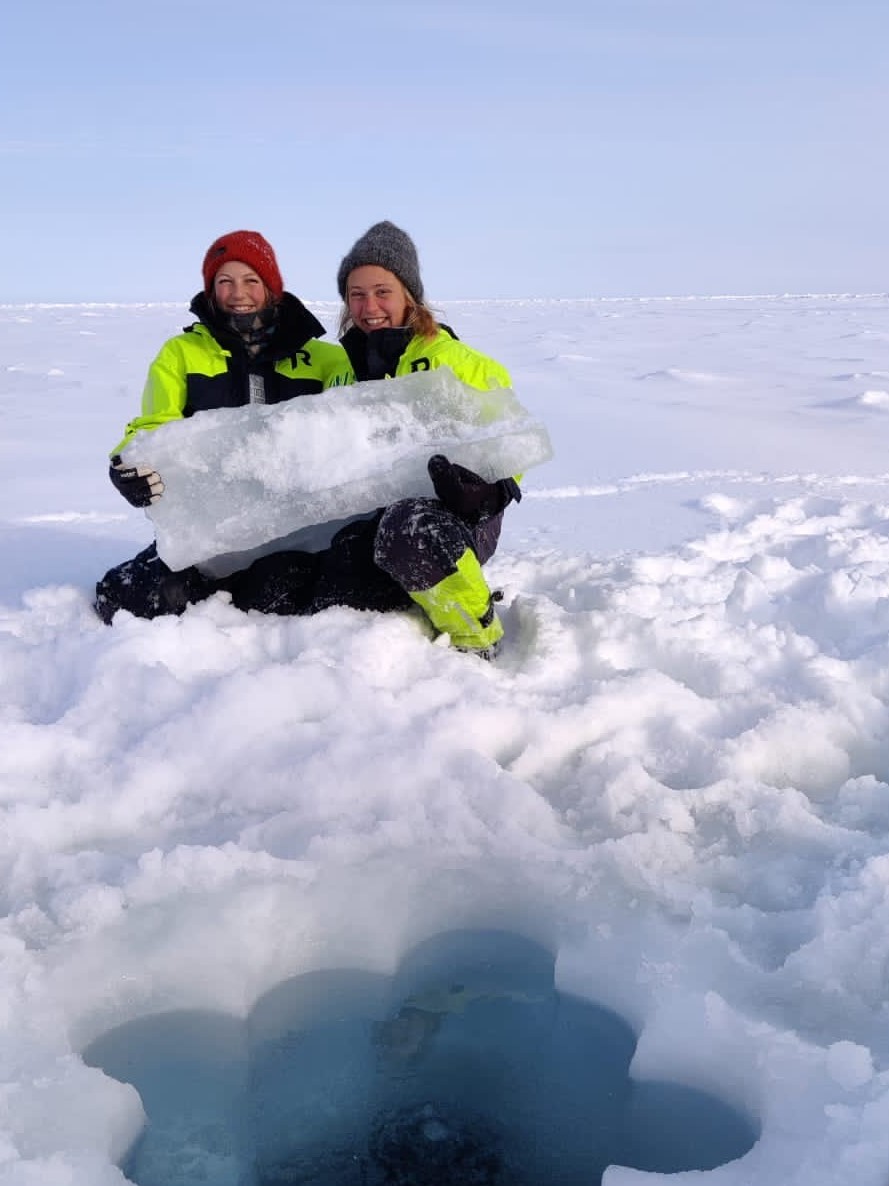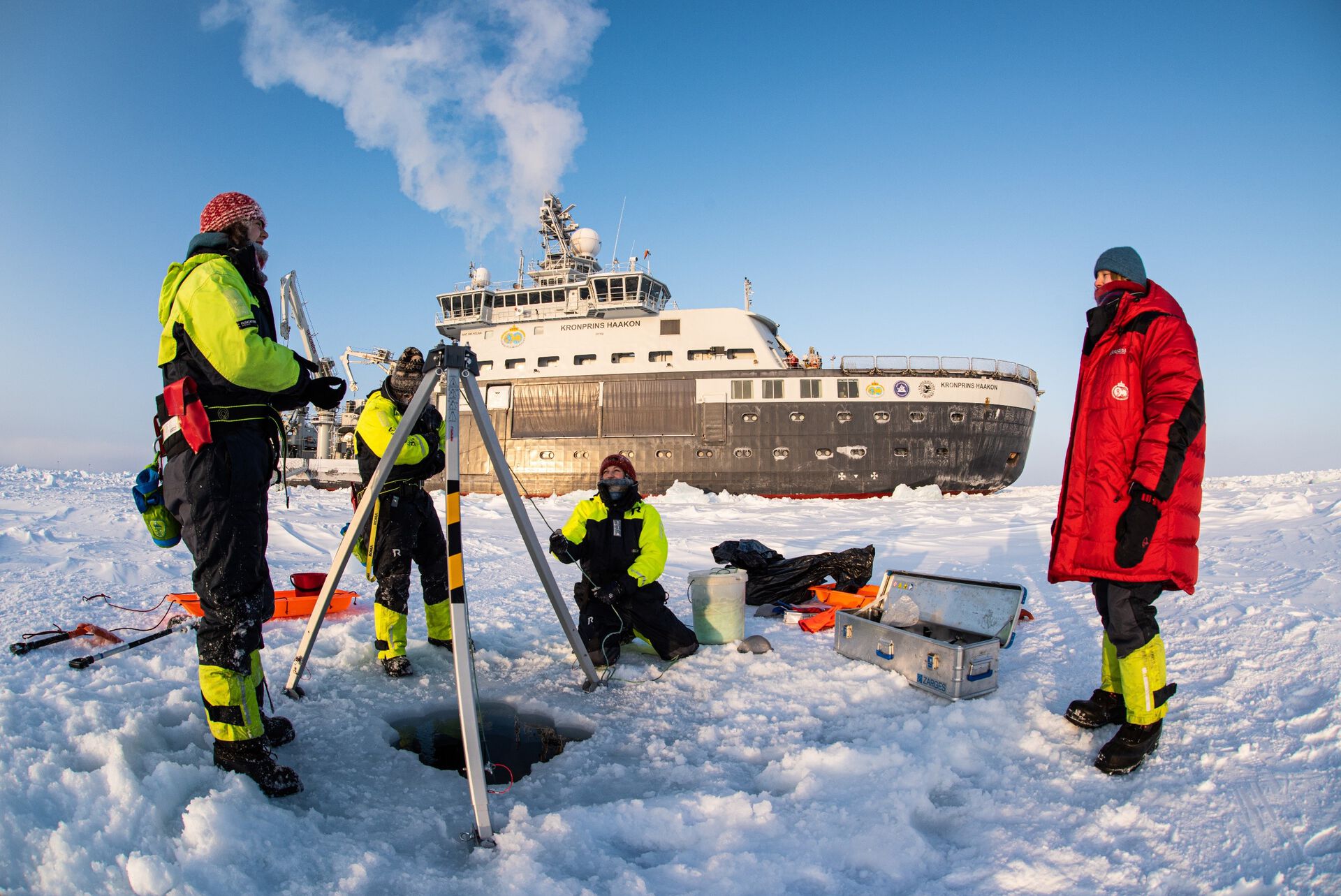Exactly two years ago, in August 2019, I began my PhD fieldwork in the Arctic and ventured north to study how pollutants like mercury and pesticides travel through the food web in the highly seasonal and rapidly changing Barents Sea.
In my PhD I am trying to answer questions like how do seasonal and climatic changes impact pollutant levels in the food web? In a food web, energy is transported from tiny crustaceans like copepods to fish to apex predators like the polar bear through predation. But not only energy flows through the food web. By eating other organisms, the predator also engulfs potential pollutants from its prey.

Many Arctic animals have adapted to the highly seasonal, cold, and harsh Arctic conditions. In the high Arctic, complete darkness reigns during the winter and constant light during the summer, requiring highly specific adaptations. Whereas we humans can easily add an extra layer of clothes when it gets freezing cold, Arctic animals had to develop a different solution. They spend the productive spring and summer months, where plenty of food is available, feeding to build up large fat stores. This ensures that enough energy is available to survive the low productive winter in the High North.
Fat-rich tissues like those of Arctic organisms are prone to pollutant accumulation, as many pollutants are “fat-loving” (lipophilic) and stick to the fatty tissue. As fat stores are rapidly built up during spring and summer, the pollutants also accumulate in the food web and potentially decrease again during the winter months. But how much pollutants vary seasonally and what exactly drives this variation is unknown and is thus one of the aims of my PhD. Amidst these natural seasonal fluctuations of lipid-stores and, therefore pollutants in the food web, climate change alters the ecosystem, impacting pollutant flow. Understanding how pollutants flow through the food web with the seasons can thus be crucial in tackling environmental changes resulting from climate change.
Arctic fieldwork interrupted
My PhD is part of a joint Norwegian research project called The Nansen Legacy. To collect data from various seasons in the remote Barents Sea, we had scheduled research cruises in August, December, March, and May of 2019-2020. COVID-19 interrupted these ambitious plans in 2020, but luckily, I could continue the fieldwork in 2021.

Back in 2019, many of us in the project had just started our PhDs and were more or less thrown into Arctic fieldwork. Initially equipped with patchy knowledge, gear neither of us had used before and excitement, joy, and a slight fear of the expeditions to come, we encountered a steep learning curve. From missing equipment in August, breaking equipment due to freezing temperatures in December, a polar bear munching on our gear in March and the thickest sea ice we measured (1.24m!) in May, each cruise held new, unique surprises and challenges for us. But precisely these challenges made us grow, as scientists, as people, and most importantly, as a team.

New beginnings
The expedition I joined this May marked the end of my PhD fieldwork. Now it is time to move on to the next chapter. I will analyze my samples, make sense of the data and publish and communicate my findings.
Currently, I am in Tromsø, to analyze samples for chlorinated paraffins, a complex mixture of pollutants with a ubiquitous use. They are, however, neither well regulated nor very well studied, but known to be persistent and bioaccumulative, i.e., something that we call an emerging contaminant. Stay tuned for updates about the lab work!

